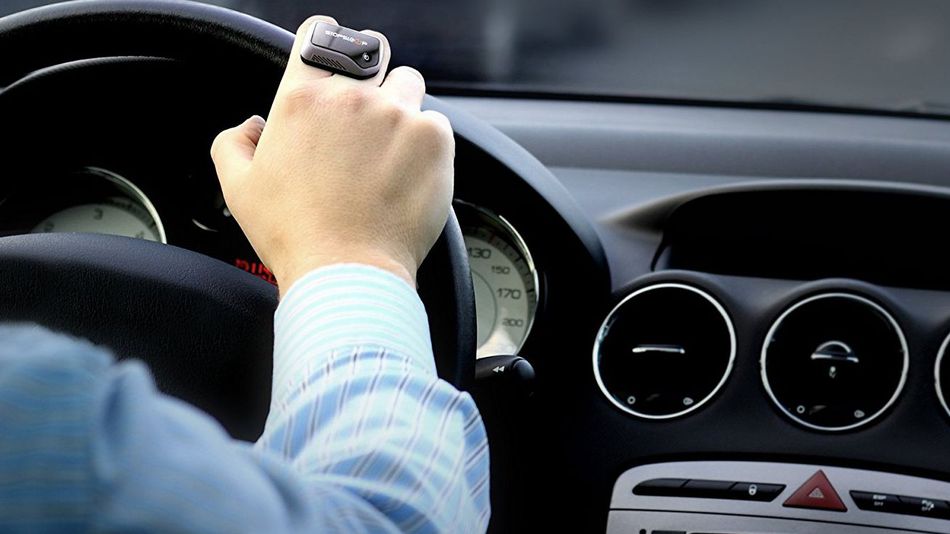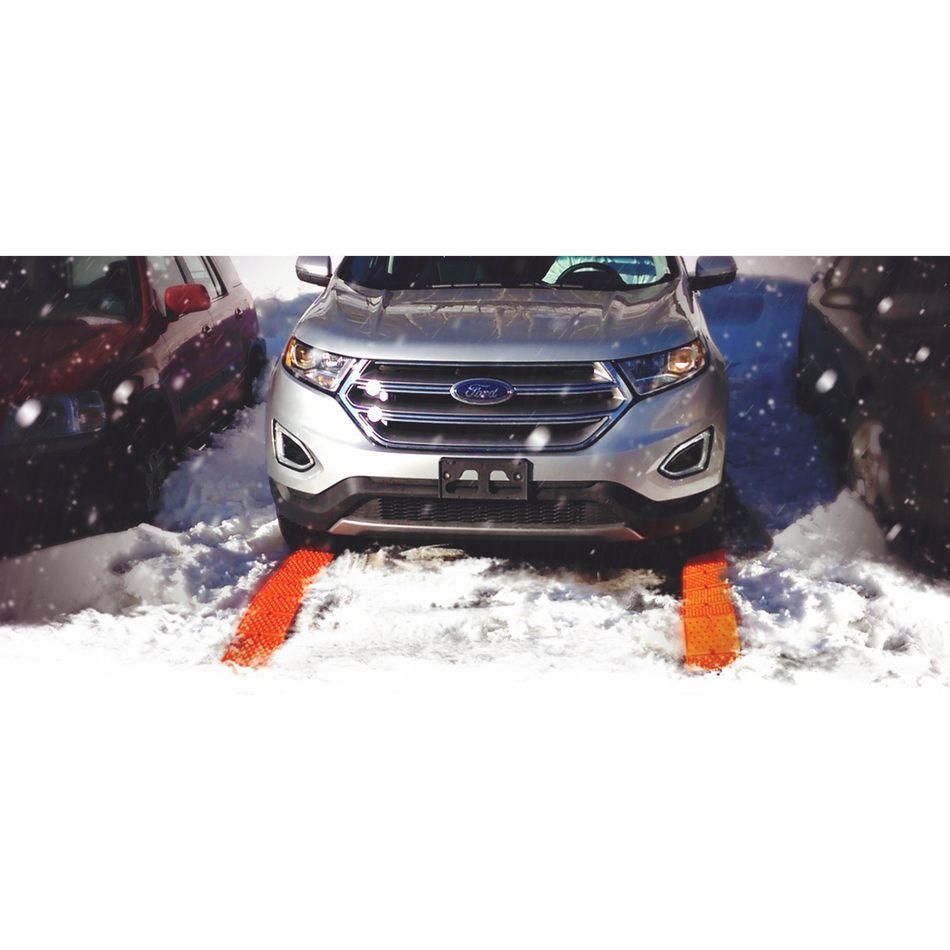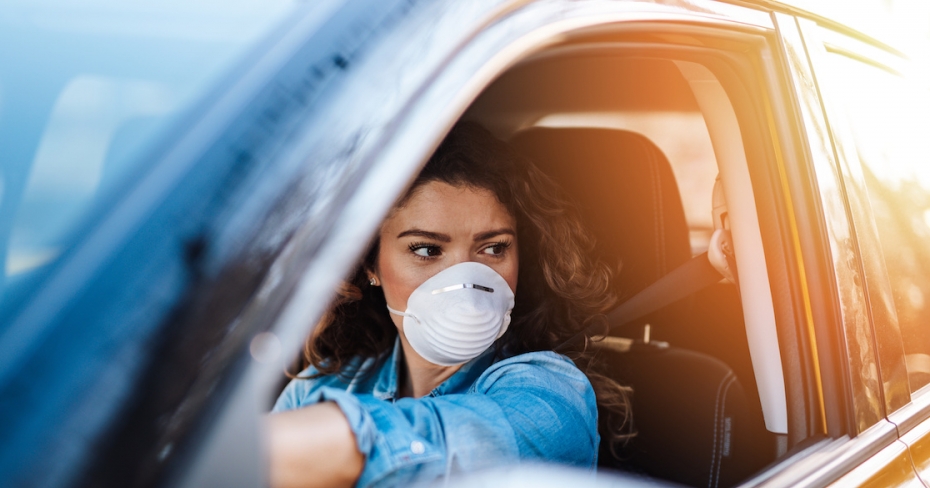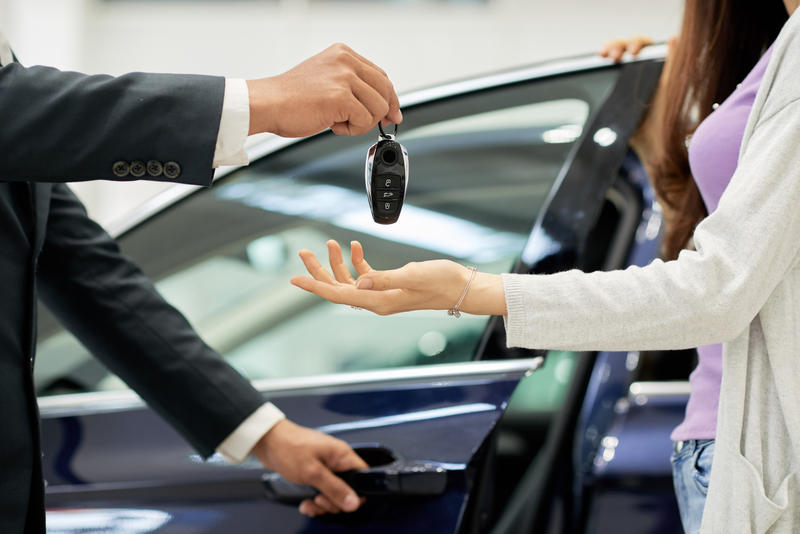What the Internet of Things Means for Dealerships
A quick look is all it takes to know that vehicle technology has taken huge leaps in recent years. Bluetooth, Apple CarPlay and Android Auto, GM’s OnStar, and dozens of other technologies have made vehicles part of our ‘network’, not just tools for transportation. Connectivity is a driving force for automotive and it centers around what’s known as the Internet of Things, or IoT.
Internet of Things (IoT) often seems like an incomprehensible term. What it simply refers to, according to Dictionary, is “a network of everyday devices, appliances, and other objects equipped with computer chips and sensors that can collect and transmit data through the Internet.” Essentially, in automotive it’s the wireless connection between vehicles and their surroundings, as well as the connectivity between a customer and the dealership.
IoT Implications on Auto Retail
No question, there’s a massive shift occurring in auto retail due to connectivity. IoT plays a role in various facets, some of which are obvious, and others less clear.
Autonomous Driving and Vehicle Tech
The clearest example of IoT in auto retail is found in onboard technology. Features such as autonomous driving from carmakers like Tesla and ParkSense technologies from Ford are good examples. There are many other IoT aspects in vehicles today including 4G LTE Wi-Fi hotspots and even infotainment system with satellite radio or navigation. These technologies are all powered by wireless connections. Vehicle updates are completed ‘over the air’ in any cases.
Predictive Maintenance and Repairs
Every sensor and module in cars today are connected to an in-vehicle network. Some of those are also connected to an external network or, at least, could be. Should a sensor detect a failure or predict a potential problem, or if service or maintenance is coming due based on real-time data monitoring, the vehicle can transit that data.

things you should always keep in your car
Whether you drive a truck, a car, or ride a motorcycle, it’s always a good idea to have a few things in your vehicle to help you get through unforeseen events. Sure, sticky cup holder pennies may help you pay for an extra bit of gas if you find yourself running low, but would you have what you needed if your car battery dies? What about if you lock your keys in your ride or if you get stuck in the snow?
Snow storms have nothing on this magnetic windshield cover
Unfortunately, we can’t predict exactly what events will happen to you in the future; we can, however, suggest the right tools to help you be prepared for common situations that drivers find themselves in
The only thing worse than having no jumper cables around when you need them is having your cell phone battery die when you need to contact someone with jumper cables. Suaoki solves both those problems. Suaoki is a multifunctional jump starter with USB ports for charging your phone or tablet. It peaks at 500 amps to give your battery the boost it needs and works for cars, motorcycles, and ATVs with 2.0-liter engines. Just connect the mistake-proof jumper cables directly to your vehicle’s battery.
This quick, powerful, and easy to use tool could help keep you and your loved ones alive on the road. Resqme is a 2-in-1 emergency rescue tool that allows you to cut jammed seat belts and break windows in just seconds. This tool can attach to your keychain, so it’s with you at all times and would be crucial if you ever found yourself submerged in water
This set of tire traction mats wants to help get you out of any sticky situation. It has cleat-like, anti-slip spikes that grab onto the snow, ice, or anywhere you get stuck so you don’t have to call a tow truck. Both sides feature traction spikes so it can grip both your tires and the ground below.

We’re mid-pandemic. Is now a good time to buy a used car?
The COVID-19 pandemic has most people spending less than they used to, and large portions of the economy have been shuttered in order to keep us socially distant and safe. But the pandemic has also started to create some unique opportunities for consumers. Among them: getting a great deal on a used car.
The new coronavirus is changing the used car market, with some experts projecting a significant price collapse in the coming months. Just like your grocery shopping experience has changed significantly due to COVID-19, buying a used vehicle is now a new world with risks, complications, and uncertainties.
“Prices will probably drop about 15% for cars and about 18% for trucks and SUVs between now and the middle part of the fourth quarter,” Murphy says, which would be around late October.
That expected drop in used car prices is enormous, considering pre-pandemic trends. “Before all this happened, used car prices had been going up for the previous 10 years in a pretty steady way,” Murphy explains.
“We started to see things slow down in March by 1%, which might not seem like a lot but it’s actually significant. It’s the biggest decrease in pricing we’ve seen across the whole industry since September 2007. We expect this month the decline will be even greater.” Through April, May, and June

Buying A Car: Tips For A Good Car Dealership Experience
Buying a car may be one of the most stressful things you ever do. Whether it’s new or used, a car is one of the most expensive items you will ever buy. While the internet has helped consumers arrive at a dealership armed with more information, that hasn’t really changed the overall dealership experience. And depending on that experience, it’s very easy to feel you’ve gotten a bad deal.
Savage offers these tips to help you prepare for that big purchase:
Go to Kelly Blue Book to look up the invoice of the car you are interested in: “There’s always some wiggle room, but at least you have a starting price to go in with and work from there.”
Don’t get lazy: “People may look up the price, but they go in and get influenced by color … or features … and salesman are professionals at this. They know what to play up and how to maneuver and try to get people to take what they would like them to take.”
Act like you’re not sure about going forward with the purchase: “That’s a key negotiating tactic.”
Trade-in last: “Know what you’re willing to pay for the new car and negotiate that first. Leave [trade-in] out on the table … Then when you know what you’re going to pay for the new car … if [the dealership] comes back with a [trade-in price] make sure they write it down on the sheet immediately.”
Stay within your price range: “Go in knowing what you want and what price range you want. We’ll probably have a couple thousand-dollar range, probably … but know that before going in and that way you’re not negotiating on their terms.”
Know your credit rating before going in if you’re applying for credit: “Credit unions are great at car loans and they usually have a little lower rate than other people and many times you can pay them off a little more quikcly.”
Go where you’re wanted and go where you’re treated right: “There are certain dealerships that really are strong at the customer service and at servicing your car afterward. And I’d say those are the dealerships I would want to go to because I know that they are interested in me as a long-term customer, not just as a quick sale.”

Car Salesman Confidential: Dealer Add-Ons, Good or Bad?
you and the hubby are planning to get out and drive around town to different dealerships to see what’s out there. But at practically every place you stop, right next to the window sticker, which shows the MSRP, or “Manufacturer’s Suggested Retail Price,” you see a tall, skinny sticker obviously put there by the dealership with all these add-ons, like “Coastal Climate Protection Package,” “Lifetime Nitrogen,” “Pinstripes,” “Wheel Locks,” and “ADM.” When you add all these things up, they’ve increased the price of the car by nearly $3000!
Well, these kinds of stickers are usually called “Addendums,” and the why of an Addendum sticker is the easy part: they show products added to the car to help the dealership make a profit. Which is the name of the game after all . . . at least from the dealership’s perspective.
Just because things have been added to the car to help the dealer make money doesn’t mean they’re all bogus, or don’t add real value
Yes, what I’m saying is, you may actually want some of the things listed on an Addendum sticker, something I may not have said 20 years ago. In the old days, they used to put all kinds of silly stuff on cars, like “Paint Sealant” (paint doesn’t come from the factory needing to be “sealed”), and “Rustproofing” (all cars come with rustproofing these days). The generic term for all this stuff is “Mop ‘n Glow,” which is a famous floor shine product. Great for floors but doesn’t do much for cars.
But that was then. This is now. And today, some of the products on Addendum stickers actually do add value. For example, some “Appearance Packages.” I won’t name any brands (unless somebody wants to send me a check), but many of the products designed to protect your car’s paint and upholstery are extremely good. They’re not just waxes or “Scotchguard.” Now, it’s true that you can buy a similar product at an auto parts store and apply it yourself, but the great advantage of a dealer installed protectant is it normally comes with a warranty that allows you to get a portion of the vehicle repainted (or the upholstery redone) if the product fails to do its job — for free.
Or take nitrogen in tires. This seems to be trendy these days, with dealers all over the country charging you a fee to put nitrogen gas in your tires rather than compressed air. Some dealers even offer free refills for as long as you own your vehicle. Is this legit? What are the benefits?